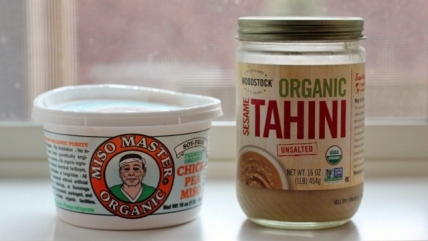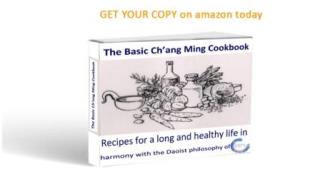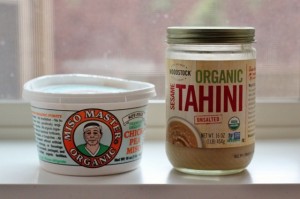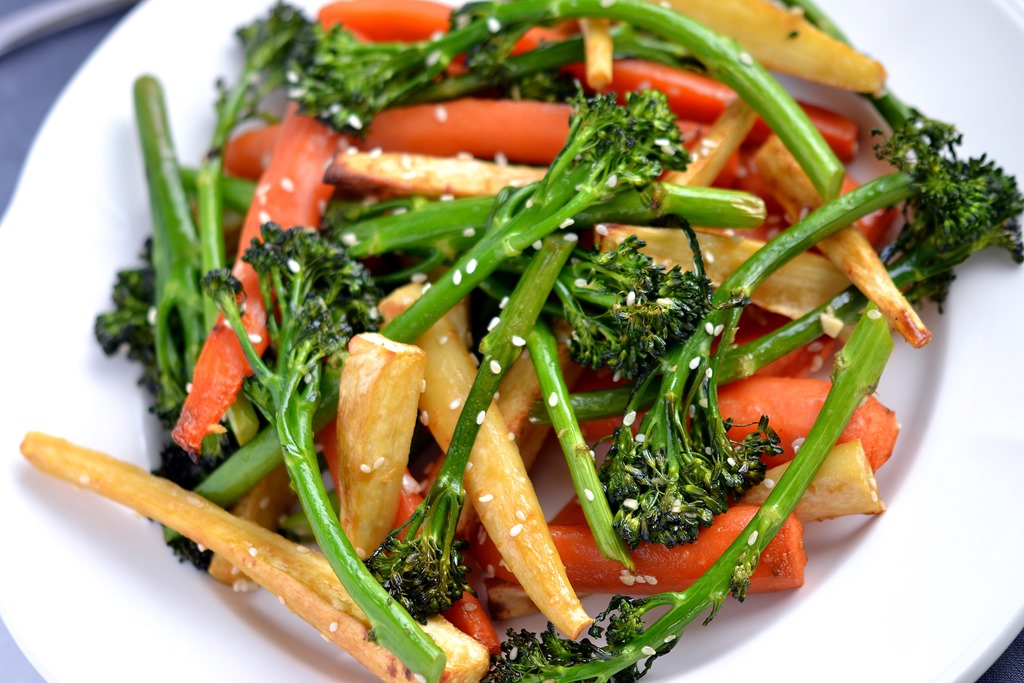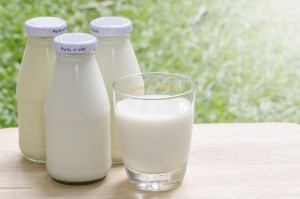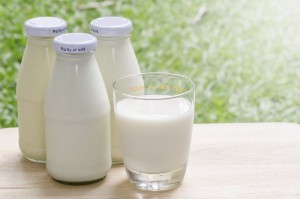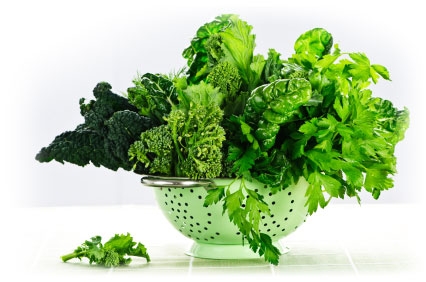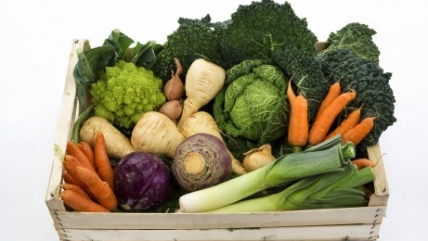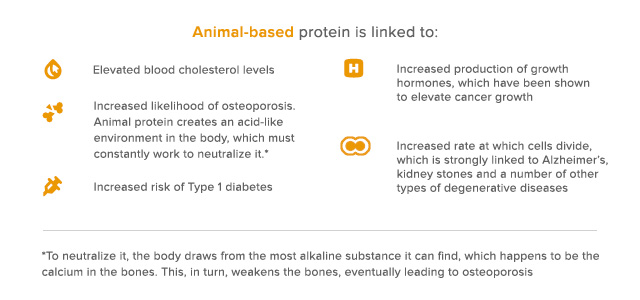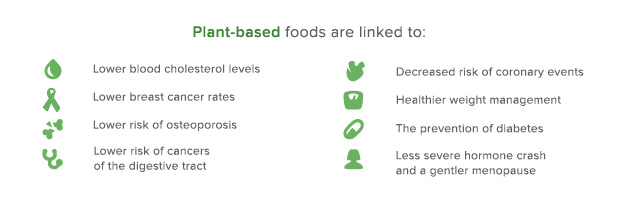Ten Lishi Wisdoms on how to be happy and healthy for 2016

Ten Lishi Wisdoms on how to be happy and healthy for 2016
2. Don’t think too much. Thinking takes energy. Thinking can make you age quickly. Learn to follow your energy work in the flow.
3. When working, work for 40 minutes then stop for 10 minutes. When you look at something all the time, it can damage your eyes. Concentrating on something too long is not nourishing for your mind or body.
4. When you are happy, control your happiness, too much happiness damages the heart energy. When you lose control of your happiness then you damage your lung energy.
5. Don’t worry too much or get angry. Anxiousness and anger damages your liver and your intestines. It’s ALL GOOD!

7. When you eat food don’t eat too much. Chang Ming advises always make sure you leave a little space in your stomach and do not eat until you are totally full as this can damage your spleen.
8. If you only do physical exercise all the time and you never do Qigong this makes you lose your balance and you will become impatient. You lose the Yin of your body. Lishi Exercises balance the Yin and the Yang.
9. If you never exercise your body, and instead only meditate with soft training/qigong, then this doesn’t nourish your Yang energy so you will use up your Yang and become weakened.
10. Lishi training is holistic. The purpose of our training is to balance our Yin and Yang. How many hours is not important. It’s quality not quantity – come along to one of our classes lishi.org/classes/leeds

